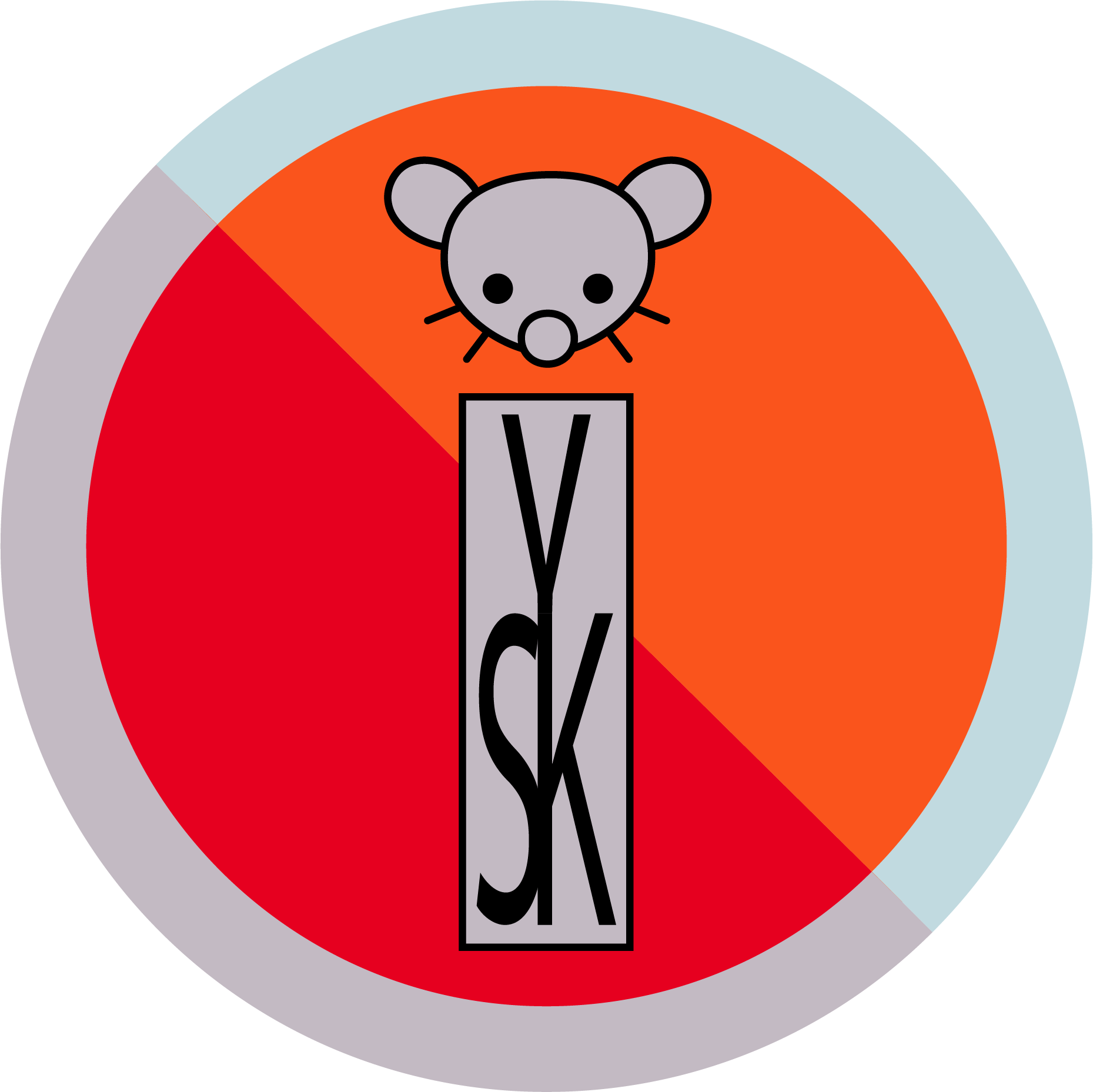- 0 Posts
- 37 Comments

 2·29 days ago
2·29 days agoI’m a millennial and I did it more than once on hardware older than I was, but because I wanted to, not because there were no other options.
I don’t use my Windows 10 desktop a ton, but I’ve definitely gotten the full page “Update to Windows 11” screen a few times, and it has Windows 10 Pro installed.

 1·1 month ago
1·1 month agoThis is what I would try first. It looks like 1337 is the exposed port, per https://github.com/nightscout/cgm-remote-monitor/blob/master/Dockerfile
x-logging: &default-logging options: max-size: '10m' max-file: '5' driver: json-file services: mongo: image: mongo:4.4 volumes: - ${NS_MONGO_DATA_DIR:-./mongo-data}:/data/db:cached logging: *default-logging nightscout: image: nightscout/cgm-remote-monitor:latest container_name: nightscout restart: always depends_on: - mongo logging: *default-logging ports: - 1337:1337 environment: ### Variables for the container NODE_ENV: production TZ: [removed] ### Overridden variables for Docker Compose setup # The `nightscout` service can use HTTP, because we use `nginx` to serve the HTTPS # and manage TLS certificates INSECURE_USE_HTTP: 'true' # For all other settings, please refer to the Environment section of the README ### Required variables # MONGO_CONNECTION - The connection string for your Mongo database. # Something like mongodb://sally:sallypass@ds099999.mongolab.com:99999/nightscout # The default connects to the `mongo` included in this docker-compose file. # If you change it, you probably also want to comment out the entire `mongo` service block # and `depends_on` block above. MONGO_CONNECTION: mongodb://mongo:27017/nightscout # API_SECRET - A secret passphrase that must be at least 12 characters long. API_SECRET: [removed] ### Features # ENABLE - Used to enable optional features, expects a space delimited list, such as: careportal rawbg iob # See https://github.com/nightscout/cgm-remote-monitor#plugins for details ENABLE: careportal rawbg iob # AUTH_DEFAULT_ROLES (readable) - possible values readable, denied, or any valid role name. # When readable, anyone can view Nightscout without a token. Setting it to denied will require # a token from every visit, using status-only will enable api-secret based login. AUTH_DEFAULT_ROLES: denied # For all other settings, please refer to the Environment section of the README # https://github.com/nightscout/cgm-remote-monitor#environment

 1·1 month ago
1·1 month agoTo run it with Nginx instead of Traefik, you need to figure out what port Nightscout’s web server runs on, then expose that port, e.g.,
services: nightscout: ports: - 3000:3000You can remove the labels as those are used by Traefik, as well as the Traefik service itself.
Then just point Nginx to that port (e.g., 3000) on your local machine.
—-
Traefik has to know the port, too, but it will auto detect the port that a local Docker service is running on. It looks like your config is relying on that feature as I don’t see the label that explicitly specifies the port.

 1·1 month ago
1·1 month agoIt’s not “dark green,” that’s for sure.
Thank you! That gives me a starting point that should be easy to look up!
Why is 255 off limits? What is 127.0.0.0 used for?
To clarify, I meant that specific address - if the range starts at 127.0.0.1 for local, then surely 127.0.0.0 does something (or is reserved to sometimes do something, even if it never actually does in practice), too.
Advanced setup would include a reverse proxy to forward the requests from the applications port to the internet
I use Traefik as my reverse proxy, but I have everything on subdomains for simplicity’s sake (no path mapping except when necessary, which it generally isn’t). I know 127.0.0.53 has special meaning when it comes to how the machine directs particular requests, but I never thought to look into whether Traefik or any other reverse proxy supported routing rules based on the IP address. But unless there’s some way to specify that IP and the IP of the machine, it would be limited to same device communications. Makes me wonder if that’s used for any container system (vs the use of the 10, 172.16-31, and 192.168 blocks that I’ve seen used by Docker).
Well this is another advanced setup but if you wanted to segregate two application on different subnets you can. I’m not sure if there is a security benefit by adding the extra hop
Is there an extra hop when you’re still on the same machine? Like an extra resolution step?
I still don’t understand why .255 specifically is prohibited. 8 bits can go up to 255, so it seems weird to prohibit one specific value. I’ve seen router subnet configurations that explicitly cap the top of the range at .254, though - I feel like I’ve also seen some that capped at .255 but I don’t have that hardware available to check. So my assumption is that it’s implementation specific, but I can’t think of an implementation that would need to reserve all the .255 values. If it was just the last one, that would make sense - e.g., as a convention for where the DHCP server lives on each network.
Why is 255 off limits? What is 127.0.0.0 used for?

 31·1 month ago
31·1 month agoPSTN is wiretapped.
It’s a good thing that the website itself supports sending and receiving alerts, then.

 1·2 months ago
1·2 months agoI thought Hue bulbs used Zigbee?

 3·2 months ago
3·2 months agoThe up arrow moves through the letters, e.g., A->B->C. The down arrow moves to the next character in the sequence, e.g., C->CA->CAA. If you click past the correct letter, you’ll have to click all the way through again. And if you submit the wrong letter, you have to start all over (after it takes twenty seconds attempting to connect with the wrong password and then alerts you that it didn’t work, of course).

 4·2 months ago
4·2 months agoFair point, I should have asked about commercial games in general
That said I didn’t mean that the game studio itself would do the AI training and own their models in-house; if they did, I’d expect it to go just as poorly as you would. Rather, I’d expect the model to be created by an organization specialized in that sort of thing.
For example, “Marey” is one example I found of a GenAI model that its creators are saying was trained ethically.
Another is Adobe Firefly, where Adobe says they trained only on licensed and public domain content. It also sounds like Adobe is paying the artists whose content was used for AI training. I believe that Canva is doing something similar.
StabilityAI is also doing something similar with Stable Audio 2.0, where they partnered with a music licensing company, AudioSparx, to ensure that artists are compensated, AI opt outs are respected, etc…
I haven’t dug into any of those too deep, but they seem to be heading in the right direction at the surface level, at least.
One of the GenAI scenarios that’s the most terrifying to me is the idea of a company like Disney using all the material they have copyright for to train their own, proprietary GenAI image, audio, and video tools… not because I think the outputs would be bad, but because of the impact that would have on creators in that industry.
Fortunately, as long as copyright doesn’t apply to purely AI generated outputs, even if trained entirely on your own content, then I don’t think Disney specifically will do this.
I mention that as an example because that usage of AI, regardless of how ethically the model was trained, would still be unethical, in my opinion. Likewise in game creation, an ethically trained and operated model could still be used unethically to eliminate many people’s jobs in the interest solely of better profits.
I’d be on board with AI use (in game creation or otherwise) if a company were to say, “We’re not changing the budget we have for our human workforce, including for contractors, licensed art, and so on, other than increasing it as inflation and wages increase. We will be using ethical AI models to create more content than we otherwise would have been able to.” But I feel like in a corporate setting, its use is almost always going to result in them cutting jobs.

 31·2 months ago
31·2 months agoAre you okay with AAA studios using GenAI that was trained only on licensed works?

 2·2 months ago
2·2 months agoDepends on your e-reader! If you have a Kindle, Kobo, or Nook, yes, that’s true. However:
Boox has e-readers that run Android and you can install Hoopla. The Palma 2 is phone sized which is great. The Page, Leaf2, and Go 7 are all in the 7” form factor, plus they have 6” versions. And they have tablet sizes, too. They have both traditional black&white and color e-ink displays.
I have the Boox Air 3C and the original Palma and both are great. I’ll likely get a Boox as my next standard sized e-reader, too (whenever I replace my Kindle Oasis). Though unless the technology drastically improves before then, it’ll be one with a black and white screen. (The color is nice in the tablet sizes, though, especially for comics from Hoopla.)
Some other options that I’m less familiar with include:
- Bigme has Android 7” color e-readers, as well as tablets and e-ink smartphones.
- Meebook has e-readers that run Android (and Android e-ink tablets)
- The MuSnap Aura C is a 10” Android e-ink tablet
- XPPen has an 11” Android e-ink tablet

 1·2 months ago
1·2 months agoIt’s incredibly compatible. Capitalists want laborers to work hard. It encourages laborers to work hard so they can one day be capitalists themselves.
It also encourages them to vote for politicians who don’t serve them, but politicians, because someday they’ll benefit from their pro-business policies.

 1·2 months ago
1·2 months agoThe American Dream is capitalist propaganda, not anticapitalist.

 7·2 months ago
7·2 months agoCopyright applies to unfinished works, too. There are many reasons it might not protect an unfinished work, but those reasons are still relevant even for finished works.
If someone steals your physical drawing, that’s theft. If they take a picture of it, then use the picture - or your picture + modifications - without your permission, particularly in a commercial work, then that’s copyright infringement, but not theft. If they steal your physical drawing and then take a picture and so on, then it’s both theft and copyright infringement.
Most likely this wasn’t considered copyright infringement because the allegedly copied art isn’t copyrightable, e.g., game mechanics; or the plaintiff didn’t own the copyrights themselves and thus couldn’t sue (possibly the arts were still copyrighted by the original artists, having never been purchased; possibly they were stock assets that were re-purchased by the defendant). There are any number of reasons. However, “the work wasn’t published” isn’t one of them.
On the other hand, it’s quite likely they were able to sue for theft of trade secrets for that very reason. And they might have chosen to do that simply because proving copyright infringement is much more difficult.

 11·2 months ago
11·2 months agoThis happened because the developers allegedly used assets from a game called P3, which was never released, and therefore not subject to copyright infringement claims.
That isn’t how copyright works. Copyright is awarded upon creation of a work, not upon release.

Factually incorrect.
First, consider that regardless of whether they are prohibited from arresting people for insulting them, they do. Those charges are often dropped or thrown out, sure - albeit with no consequences for the police officer - but I would consider having to deal with that hassle “punishment” that they can inflict purely because of their authority.
But there’s also institutional support for an officer to punish you for lawful, protected conduct. If you upset an officer and in response, he cites or arrests you for a minor but legitimate offense that he’d have otherwise not cared about, you’re very unlikely to get that technically legitimate charge thrown out of court. It may be that police are technically prohibited from doing this, but in practice, “He only arrested me for — insert random crime here, let’s say jaywalking — because I called him a pig, said I’d engaged in coitus with his mother the previous night, and asked if he’d like to watch next time or if he had a night in with his partner’s nightstick planned” isn’t going to suffice to get the charge thrown out, even if the judge believes you, if you were actually breaking the law in question. And since pretty much everyone is breaking laws all the time, this means that as long as the police officer can find one that you’re currently breaking, you’re fucked.